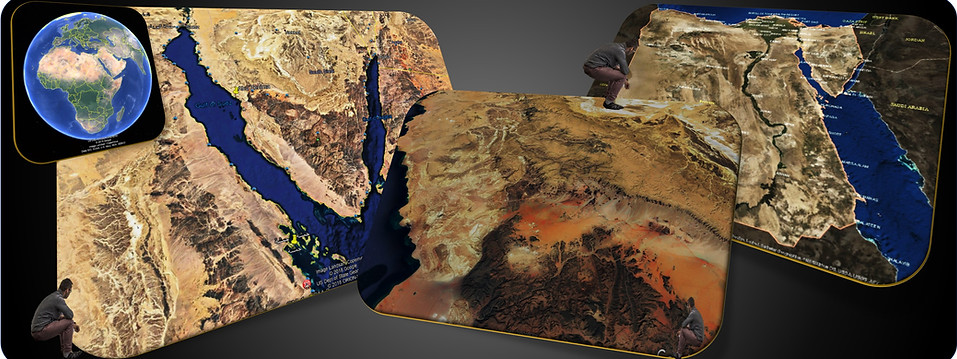





HCS
GEOSCIENCE & ENGINEERING
CONSULTING SERVICES

Geophysics
Consulting Services

Seismic Interpretation:
Geology and geophysics are two constituent disciplines of geoscience or earth science.Geophysical data can provide an accurate structure of the reservoir and a detailed characterization of the subsurface fluids and their properties. Production engineers also need the fluid saturation changes during the reservoir life cycle. Therefore, both static and dynamic characterization of the reservoir are required (Robertson, 1989). Seismic data are converted from time to depth domain using well and seismic velocity data yield the detailed structural configuration of the reservoir, including the faults that break it.Geophysical tools have an impact on both the uncertainty as well as the maturity of the pexploration and development to find hydrocarbon. Enhancing the geophysical technologies for discover, appraise and assessing the hydrocarbon accumulation add big value to structural definition, reservoir development, fluid contacts and movements.


Seismic Interpretation for Static & Dynamic Modelling:
For static modeling, any geophysical methods that can delineate the reservoir, estimate the lithology, porosity, or fluid content; or estimate the relative depth of the reservoir to the fluid contacts are of particular importance. Seismic AVO and flat-spot methods, acoustic and elastic inversion, and depth conversion are but some of the clear examples of geophysical technologies used in static modeling.
For dynamic modeling, 4D seismic is now a proven technology, and can help not only in reservoir management but also directly in reserves estimation. Experience tells us that all these methods sometimes work really well and sometimes not, depending on geological setting and production history. Integration of geophysical and geological analyses results with available production data is necessary to estimate reserves. It is therefore important and up to the individual companies to justify that given technologies are reliable in the context they
Seismic Interpretation solutions:
-
Structural framework construction
-
Regional scale seismic mapping
-
Detailed reservoir scale stratigraphic investigations
-
Understanding the effect of specific rocks and fluids on seismic amplitudes
-
Comprehensive geometric and physical seismic data attributes
-
Multi-survey interpretation
-
Pre-stack data interpretation
-
Waveform and rock type classification calibrated to wells
-
Seismic-to-well calibration (Synthetics)
-
Well planning
High levels of interactivity and automated technologies minimize the time required to interpret and model complex structures.

